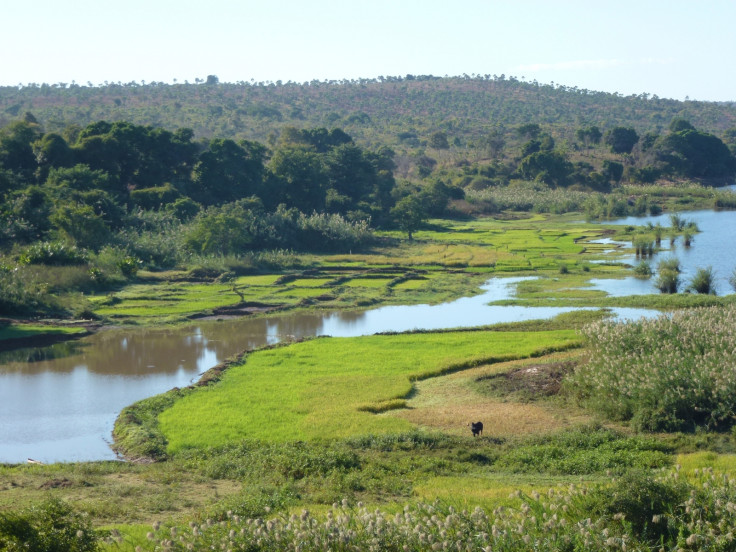First evidence of South East Asian colonisation of Madagascar during Middle Ages found in ancient crops

Ancient crops uncovered in Madagascar suggest populations from South-East Asia settled years ago on the small Island, off the East coast of Africa. Scientists said that unusual plants such as rice and mung beans – which are not found in other parts of Africa – had been grown and harvested at different locations across the island, by the 11th century.
The populating of Madagascar has for long remained a mystery. Although the island is situated thousands of kilometres away from South East Asia, it is home to people who speak a language similar to the one used by populations in the Pacific Area – Malaysians and Polynesians in particular.
Genetic research also confirmed that some of Madagascar's inhabitants shared a close ancestry with these groups from South Asia.
However, researchers had so far been unable to find archaeological traces, or any other material evidence of an early presence of south-Asian settlers on the island.
The latest study, published in PNAS, shows that the analysis of ancient plant residues can be an interesting archaeological source.
The authors identified remains of plants that would not have grown naturally in Madagascar, but would have been introduced by colonisers.
First "on-the-ground" clues
The team conducted archaeological excavations at twenty-two ancient settlement sites in Madagascar, the Comoros and coastal eastern Africa, dating back to the 8th to 10th century. Thanks to a method called flotation – which uses a system of sieves and water to remove ancient preserved plant remains from sediments – the scientists identified residues of 2443 individual crops.
These on-the-ground clues revealed that compared to Eastern Africa, very different crops were planted in Madagascar. On the island, many of the samples seemed to originate from Southern Asia, with species such as Asian rice, cotton and mung beans identified by the scientists. In contrast, ancient crops on the African coast were dominated by typical East African plants such as pearl millet and baobab.
"What was amazing to us was the stark contrast that emerged between the crops on the Eastern African coast versus those on Madagascar," says Alison Crowther, of The University Queensland, lead author of the study, "and the more we looked, the starker the contrast became."
Movements to Madagascar
Looking at where else in the Indian Ocean these crops were grown and drawing on linguistic data, the researchers concluded that the crops reached Madagascar from South East Asia. This colonisation process is believed to have occurred in parallel to a movement of population from mainland Africa to the island, around the same time.
"What is exciting is that we finally have a way of providing a window into the island's highly mysterious South-East Asian settlement, and distinguishing it from settlement by mainland Africans that we know also happened. South-East Asians clearly brought crops from their homeland and grew them and subsisted on them when they reached Madagascar", says senior author Nicole Boivin.
© Copyright IBTimes 2025. All rights reserved.






















